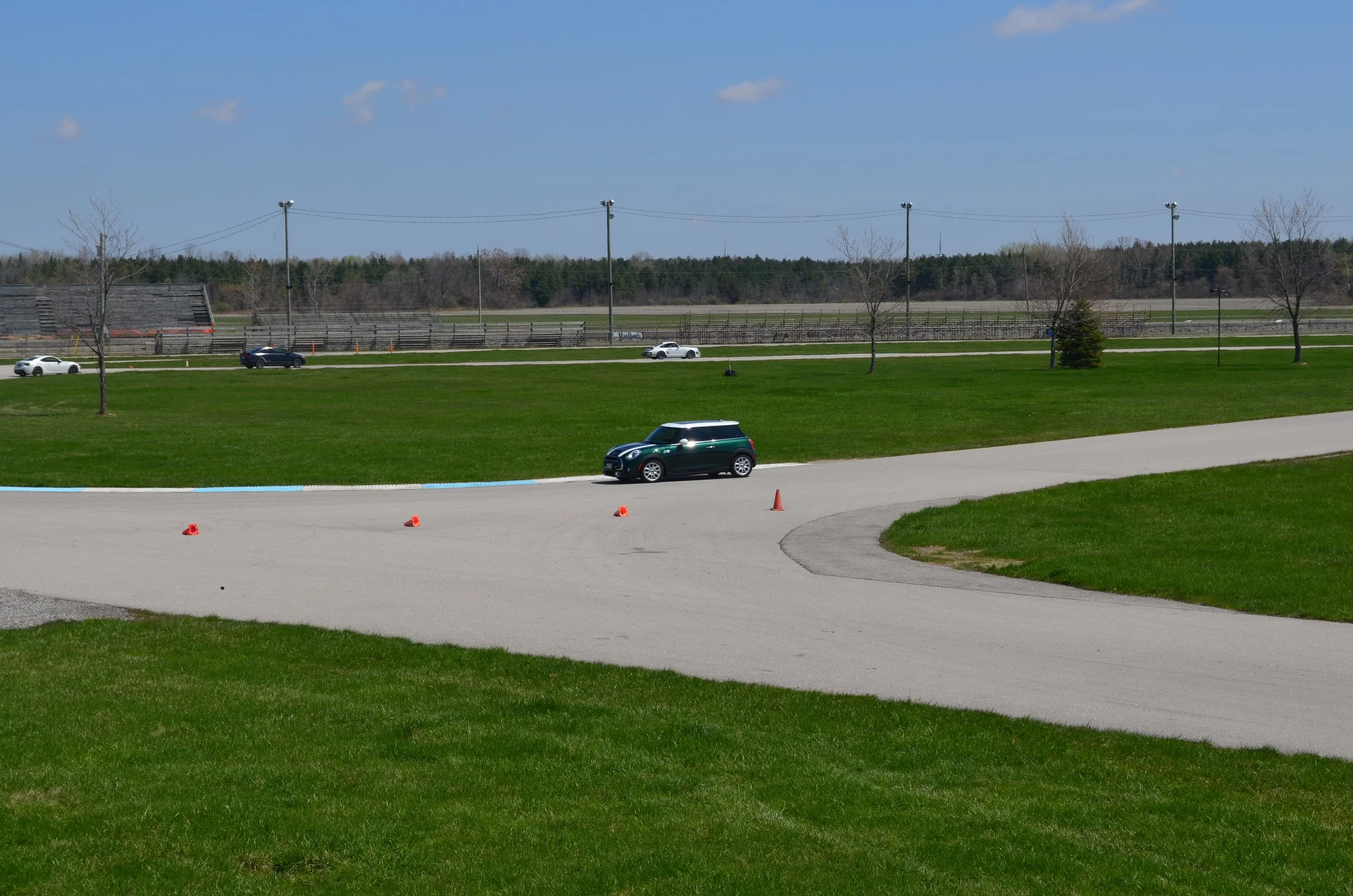Leadership Lessons Learned at a Racetrack
Driving home from my first-ever track day, I couldn’t help but think of the similarities that experience shares with leadership. Maybe my brain is wired a little funny, but that is where it went.
What is a track day? Track days are when people take their own cars, willingly forsaking their warranties and insurance, and drive them around a race track. It was a Christmas gift and I have been looking forward to this experience every day since I received it.
I went there to learn. Mastery, if it ever comes, will be years away. The technical learning involved is plentiful and that was my goal. Yes, I wanted to improve my lap times, but that would be the result of improving technically.
That is where the comparisons to leadership started sinking in.
Ego.
The #1 hurdle for most drivers on track day is their ego. You are only competing with yourself, not the other drivers. There are cars faster and slower than yours. My Mini Cooper S is not going to challenge the Alfa Romeo 4C.
They say, “You cannot win on a track day, but you can definitely lose”.
‘Hot heads’ are not permitted, in fact, a few drivers never even made it to the track (pro tip: pulling donuts in the parking lot is a fast way to disqualify yourself).
I was astonished at how many newbies opted not to have an instructor ride with them for a few laps. This is an entirely new experience, take advantage of learning from someone who has not only ‘been there, done that’ but who is skilled at transferring knowledge to others.
LEADERSHIP MOMENT 1:
We have to check our egos at the door to be successful leaders. Seek mentors and get assistance from those who know what they are doing, whether new to being a leader or new to a company, someone will always show you the ropes if you are willing to learn. Competing against the other members of the leadership team is not going to earn the respect of your colleagues.
Extremes.
Every single activity you do when driving a car around a race track is extreme. You brake harder, drive around curves faster and bury the throttle further than you ever would when going to get groceries. Starting off can be scary. Slowly you learn your limits and may grow more confident in your abilities to navigate the course at higher speeds. Every now and then you might push it a little too far, so you ease back next go round.
LEADERSHIP MOMENT 2:
Navigating difficult situations and learning our responses in those times is part of leadership. I don’t advise seeking out drama but do not hide from it either. As a leader, there will be unplanned moments that are extreme compared to the everyday, and your ability to navigate those moments can only be determined by experiencing them. Some of the unplanned extremes I’ve experienced include working through a cyber attack, challenging a senior leader’s behaviour, and guiding a team through a hostile takeover. Those situations helped my ability to navigate through less dramatic but equally difficult scenarios.
Consistency.
The goal for driver improvement is not just to be faster – it is to be consistent. Lap times that look like a heartbeat monitor mean you are not in control, your car is being driven emotionally, not technically. The other drivers need to count on you to be in control. If you are not in control, you cannot learn from your mistakes and correct them. I waited too late to brake for a corner, hit it too fast, swung wide and my tires clipped the dirt. You can be sure that I did not wait too late to brake for that corner ever again. Also, consistency applies to driver etiquette. Yes, we want to improve our lap times, yet you must slow down and allow faster cars to overtake you. Did that impact a few of my lap times? Absolutely. The other drivers need to trust that I will consistently put safety first by allowing them to pass instead of causing a bottleneck, and a potential accident, at the next turn.
LEADERSHIP MOMENT 3:
Being consistent as a leader is not about being boring and predictable, it is about being counted on. Your team needs to trust that you will show up for them consistently. Being overly permissive when it suits you, then cracking down the next day will sow distrust. No one wants to work for a robot, yet to a degree, you need to check your emotions so your team doesn’t worry whether it will be Jekyll or Hyde they will be working with that day.
As for my track day experience, it was glorious. I was a little freaked out the first few laps (though the instructor said I appeared calm). I had a lot of fun in my little Mini, took heed of the advice I was given, and improved my lap time by nearly 4 seconds.
Vroom, vroom!


